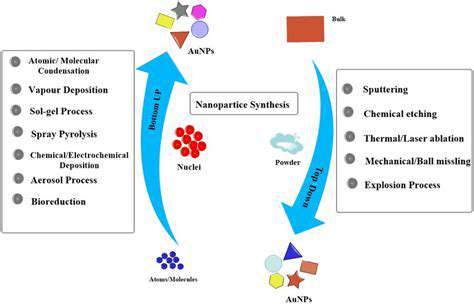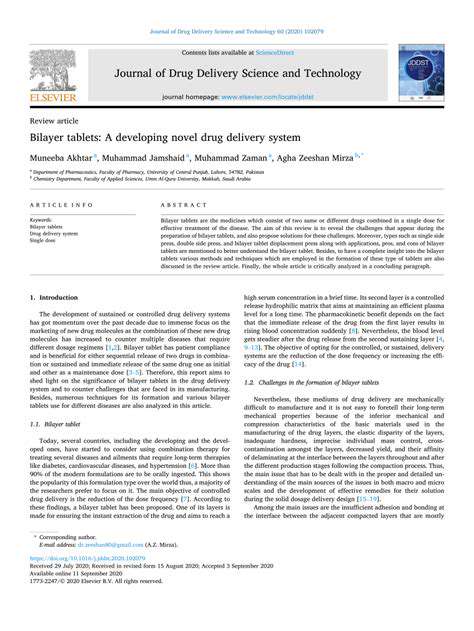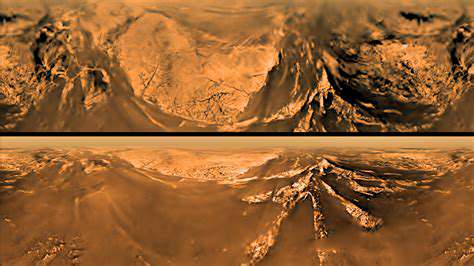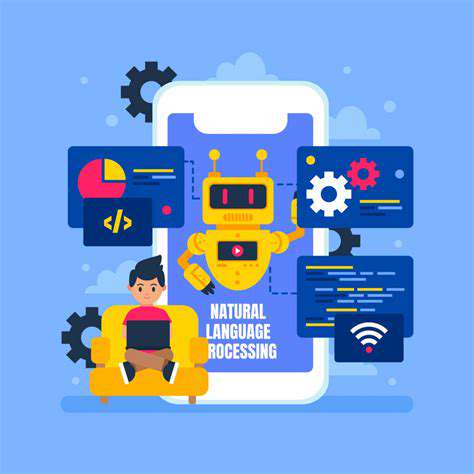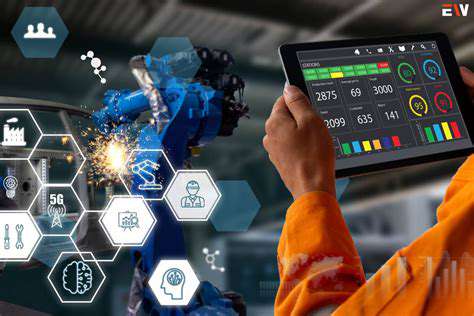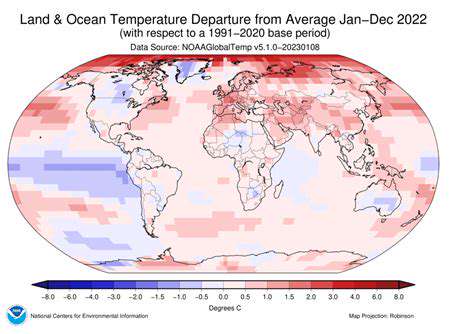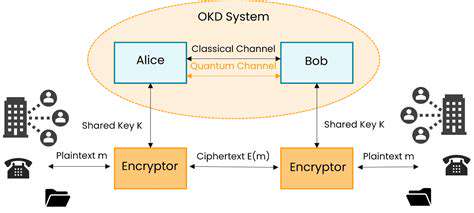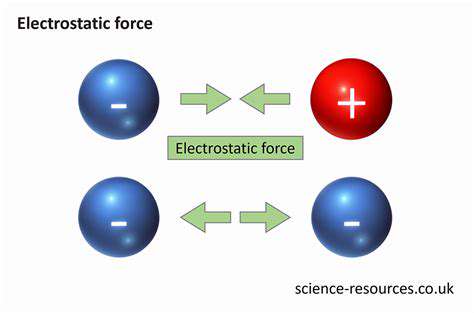In-situ resource utilization (ISRU) represents a transformative shift in how we approach space exploration. Rather than relying solely on Earth-based supplies, this strategy taps into the natural resources found on celestial bodies like the Moon or Mars. This paradigm shift offers unprecedented advantages for human missions. The most compelling benefit lies in slashing the exorbitant costs and logistical nightmares of shipping every necessity from our home planet. Imagine spacecraft manufacturing fuel from lunar ice or 3D-printing habitats using Martian regolith - these aren't science fiction concepts but tangible possibilities enabled by ISRU.
While the foundational ideas behind ISRU emerged decades ago, recent technological breakthroughs in robotics and material science have dramatically increased its feasibility. This evolution promises to revolutionize our spacefaring capabilities, allowing for more ambitious missions with reduced ecological impact.
Reducing Transportation Costs and Risks
The economics of space travel undergo a complete transformation with ISRU implementation. Current launch costs hover around $1,500 per pound to low Earth orbit - a figure that becomes astronomical (pun intended) for deeper space missions. By leveraging extraterrestrial resources, we can eliminate up to 90% of payload mass that would normally require transport from Earth. This isn't just about dollar savings; it significantly reduces mission risks by minimizing the number of critical supply launches vulnerable to failure.
The environmental implications are equally profound. Fewer launches mean reduced atmospheric pollution from rocket exhaust and less space debris cluttering Earth's orbital pathways.
Enabling Extended Missions and Increased Autonomy
ISRU unlocks new frontiers in mission duration and complexity. Traditional exploration faces strict limitations based on consumable supplies - food, water, oxygen, and fuel. With ISRU, missions can achieve unprecedented self-sufficiency, potentially operating indefinitely without Earth resupply. This autonomy becomes particularly crucial for ventures to Mars or beyond, where supply lines stretch to years rather than months.
Consider the possibilities: Martian bases producing their own oxygen from atmospheric CO2, lunar outposts generating methane fuel from local resources. These capabilities don't just extend mission timelines - they fundamentally alter our approach to space exploration.
Developing Sustainable Space Settlements
The dream of permanent extraterrestrial settlements hinges on ISRU technology. Temporary bases might survive on imported supplies, but true colonies must achieve resource independence. ISRU provides the backbone for closed-loop life support systems, in-situ construction materials, and local energy production. This self-reliance transforms space habitats from precarious outposts into viable long-term communities.
The implications extend beyond practicality - ISRU-enabled settlements represent humanity's first step toward becoming a multi-planetary species. This technological capability may well determine whether we remain Earth-bound or expand into the solar system.
Boosting Scientific Discovery
ISRU transforms planetary science from passive observation to active experimentation. Traditional missions analyze pre-selected samples with limited instruments. ISRU-equipped missions can conduct sophisticated, large-scale material processing and analysis on-site, revealing geological secrets that would remain hidden in return samples. Imagine continuous mineral assays or real-time atmospheric processing experiments - these become routine with ISRU infrastructure.
The scientific potential extends beyond planetary science. Materials processed in low gravity or vacuum conditions may exhibit unique properties, opening new avenues in materials science research.
Environmental Impact and Sustainability
The ecological arguments for ISRU grow stronger as space activity increases. Each Earth-launched kilogram of payload carries an environmental cost from manufacturing to launch emissions. ISRU offers a path to sustainable space exploration where our cosmic ambitions don't compromise Earth's ecosystems. This approach aligns with growing global emphasis on sustainable development across all human activities.
Long-term, ISRU may enable space-based manufacturing that reduces industrial pressure on Earth's environment while providing materials for both space and terrestrial use.
Key Resources Targeted by ISRU

Key Considerations for ISRU Implementation
Turning ISRU from theory to practice involves navigating complex technical and logistical challenges. Resource extraction in alien environments requires completely rethinking terrestrial mining approaches. Success demands meticulous planning across multiple disciplines - from geology to robotics to materials engineering. Each potential resource requires customized extraction methods accounting for local gravity, temperature extremes, and dust properties.
The financial calculus presents another hurdle. While ISRU promises long-term savings, initial setup costs are substantial. Strategic phasing becomes essential - starting with high-value, low-complexity resources like water ice before tackling more challenging materials. This staged approach allows technology validation while delivering early returns on investment.
Water Ice: A Crucial Resource
Water stands as the linchpin of extraterrestrial survival and exploration. Beyond obvious life support needs, water's components - hydrogen and oxygen - serve as ideal rocket propellants. Polar lunar craters and Martian subsurface deposits may contain billions of tons of accessible water ice, representing the most valuable real estate in the solar system. Recent orbital data suggests some deposits may be surprisingly pure, simplifying extraction.
The discovery of accessible water ice fundamentally changes space mission architecture. Instead of shipping water from Earth at tremendous cost, astronauts can live off the land from day one of their mission.
Metals and Minerals: Essential Building Blocks
Lunar and Martian surfaces contain abundant metals - iron, aluminum, titanium - alongside silicon for glass and solar cells. These materials form the foundation for constructing everything from radiation shielding to machine parts to entire habitats. The reduced gravity environment actually offers processing advantages - molten metals behave differently, potentially enabling novel manufacturing techniques impossible on Earth.
Innovative approaches like vapor deposition or electrostatic separation may prove more effective than traditional smelting in space environments. The key lies in developing processes that maximize output while minimizing energy and equipment requirements.
Regolith: A Potential Source of Materials
The ubiquitous lunar and Martian dust represents more than just a nuisance - it's a potential goldmine of resources. Beyond bulk construction material, regolith contains oxygen bound in metal oxides, rare earth elements, and even traces of hydrogen. Modern analysis techniques reveal that a single ton of lunar regolith may yield up to 630kg of oxygen - enough to sustain one person for two years. The challenge lies in efficient extraction at scale.
Breakthroughs in chemical processing, like molten salt electrolysis or carbothermal reduction, show promise for oxygen extraction while yielding valuable metal byproducts.
Energy Sources for ISRU Operations
Power represents the lifeblood of any ISRU operation. Solar remains the most accessible option, though lunar nights and Martian dust storms necessitate robust storage solutions. Kilopower-style nuclear reactors offer reliable baseload power, especially for polar or high-latitude operations where sunlight is limited. Emerging technologies like beamed power or advanced fuel cells may provide additional options as the technology matures.
Energy system design must account for extreme temperature swings, abrasive dust, and long-term reliability with minimal maintenance. Modular, redundant systems will prove essential for mission-critical ISRU operations.
Challenges and Future Directions in ISRU
Challenges in Material Processing
Processing extraterrestrial materials presents unique obstacles. Lunar regolith's electrostatic properties cause it to cling stubbornly to equipment, while its glass-sharp particles accelerate wear. Novel approaches like magnetic separation or acoustic levitation may prove more effective than mechanical screening in these environments. Temperature extremes further complicate matters - some processes that work in Earth labs fail completely in vacuum or low gravity.
The variability of local resources adds another layer of complexity. Unlike terrestrial mines with consistent ore grades, ISRU systems must adapt to unpredictable feedstock compositions. This demands robust, self-adjusting processing equipment capable of real-time optimization.
Energy Supply and Infrastructure
Building a reliable power infrastructure represents one of ISRU's greatest challenges. Solar arrays must withstand brutal temperature cycles and micrometeorite impacts while producing consistent output. Nuclear options, while promising, face political and safety hurdles that require careful navigation. Energy storage introduces further complications - traditional batteries degrade quickly in space environments, while alternatives like flywheels or thermal storage remain untested at scale.
The infrastructure paradox looms large: ISRU requires power to operate, but power systems require ISRU-produced materials for local construction and maintenance. Breaking this cycle demands innovative, minimally-dependent startup solutions.
Waste Management and Environmental Considerations
ISRU operations generate byproducts that must be responsibly managed in fragile extraterrestrial environments. Unlike Earth, there are no rivers to dilute contaminants or atmosphere to disperse emissions. Every waste product requires careful handling, with preference given to closed-loop systems that recycle outputs back into the production chain. Even dust from mining operations could pose significant hazards to equipment and habitats if not properly controlled.
The planetary protection aspect adds another dimension. While exploiting local resources, we must avoid contaminating potential native organic compounds or altering environments we don't fully understand. This delicate balance requires thoughtful protocols and monitoring systems.
Economic Viability and Cost-Effectiveness
The business case for ISRU hinges on achieving sufficient scale to offset development costs. Early adopters like NASA's Artemis program will bear the brunt of technology development, with commercial ventures benefiting later. The economic tipping point comes when ISRU-derived products become cheaper than Earth supply for key applications like propellant production. Government incentives and public-private partnerships will likely prove essential in bridging this gap.
New economic models may emerge around ISRU - perhaps selling processed materials to multiple users or offering refueling services to passing spacecraft. These novel business approaches could accelerate adoption beyond government programs.
Human Factors and Operational Safety
Human-centered design becomes paramount when workers face extreme isolation, confined spaces, and life-threatening hazards. ISRU equipment must prioritize intuitive operation and fail-safe mechanisms, as even minor errors can have catastrophic consequences in space environments. Maintenance procedures need particular attention - spacesuit limitations make simple repairs extraordinarily difficult.
The psychological toll of ISRU work demands equal consideration. Monotonous, repetitive tasks in high-stakes conditions could strain even the most resilient crews. Automation and remote operation may provide solutions, but introduce their own reliability challenges.
Technological Advancements and Innovation
The future of ISRU lies in converging technologies. Advanced robotics with AI-driven autonomy could enable complex operations with minimal human oversight. Additive manufacturing may allow onsite production of replacement parts using local materials, eliminating the need for extensive spare inventories. Breakthroughs in nanotechnology could revolutionize material processing efficiency at microscopic scales.
Perhaps most exciting are potential spin-off technologies - the harsh constraints of ISRU often drive innovations that find terrestrial applications in mining, recycling, and sustainable manufacturing.
International Collaboration and Governance
As ISRU transitions from concept to reality, establishing clear international frameworks becomes imperative. The Outer Space Treaty provides foundational principles, but specifics about resource rights remain ambiguous. Forward-looking agreements must balance commercial incentives with peaceful cooperation and environmental stewardship. Precedents like the Antarctic Treaty System offer potential models for collaborative resource management.
Standardization represents another critical area for cooperation. Common interfaces, communication protocols, and safety standards will enable interoperability between different nations' ISRU systems, creating a more robust and resilient space infrastructure.
